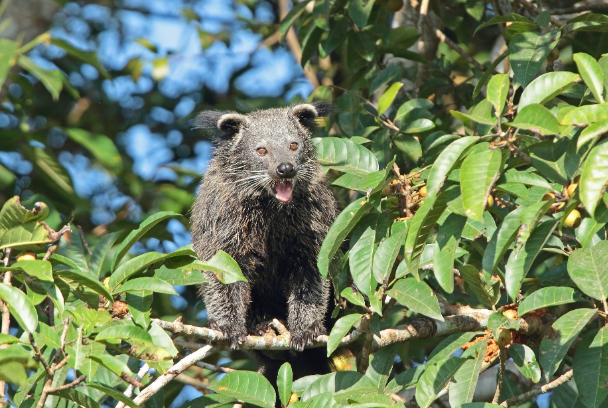I thought I might take a bit of time clarifying the differences among the terms carnivore, carnivora, and carnivoran as they are often confused…
The term “carnivore” is one that is best defined by a simple food web: at the base (first trophic level) of the food web are the producers: plants. The second trophic level are animals that eat plants – they are called primary consumers or herbivores. The third trophic level consists of the organisms that eat animals from the second tropic level – they are called secondary consumers or carnivores. So, in short: a “carnivore” is any animal that eats animals.
Carnivora is a different category. It represents the Order Carnivora within the Class Mammalia – one of 20 or so living Orders of mammals. Classified within the Order Carnivora are a number of mammal taxa including the cats (felids), wolves, dogs and foxes (canids), weasels (mustelids), etc. They share an evolutionary history and share morphological characteristics in common (e.g., carnassial teeth).
Carnivorans are members of the Order Carnivora. Most Carnivora are also carnivores. But, not all are… In fact, some Carnivora are fruit-eaters (frugivores) and have adaptations for a frugivorous lifestyle! In a recent article, my colleagues and I evaluated digestive adaptations for frugivory in the Carnivora species Potos flavus (kinkajous) and Arctictis binturong (binturongs). They are wonderful species living in Southeast Asia (binturong) and Central and South America (kinkajous). In some respects they are more primate-like than other Carnivora species – they are live in closed-canopy rainforest, are arboreal frugivores, and have a number of traits related to their tropical, arboreal frugivory including features of the dentition, their vision (orbital convergence), and prehensile tails. They are also excellent seed dispersers! They have very different digestive strategies than primates, however… (read more: Lambert et al. 2014)

